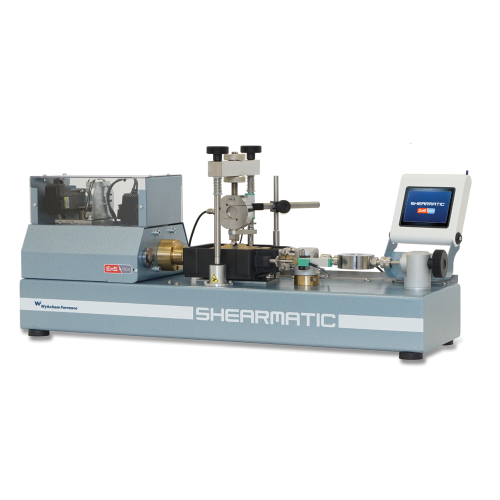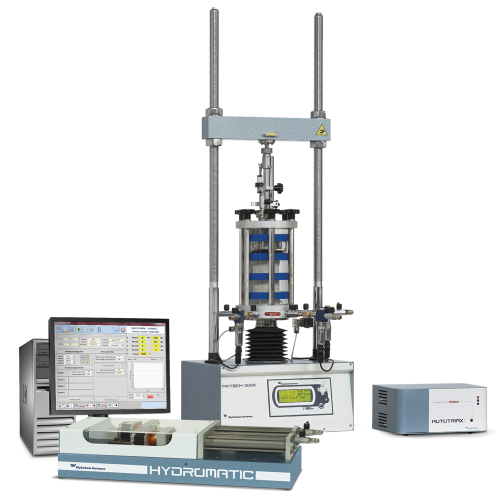Description
The laboratory Vane Shear Apparatus measures the shear strength of cohesive soils and is particularly useful for soils with low shear strength. Vane shear testing is a fast and economical method of measuring the shear strength of clay compared with elaborate tri-axial shear or direct shear tests.
This apparatus tests undrained strength of soils, both in undisturbed and remoulded conditions.
How it works
The laboratory Vane Apparatus derives from an original design by the UK based Transport Research Laboratory. The vane is held in a rotating socket situated in the lower part of the vane head assembly. This socket rotates in a ball seating.
Four calibrated springs are supplied, each with a deflection/load chart.
If the vane is prevented from rotating and the hand knob is turned clockwise, the circular graduated scale rotates, and a torque is applied to the springs. The load applied can be determined by noting the angular deflection from the graduate scale and by reading the relevant spring calibration chart.
If the vane is permitted to rotate, the amount of vane deflation can be seen on the secondary scale.
Easy motorized attachment
Easy update this manual system with a motorized unit and achieve a constant rate of rotation.
Holding sampling tube
Optional attachments to accommodate the use of sample tubes up to 100 mm, sample jars or special container are available. This will hold the container rigid relative to the apparatus eliminating any errors during the test.












